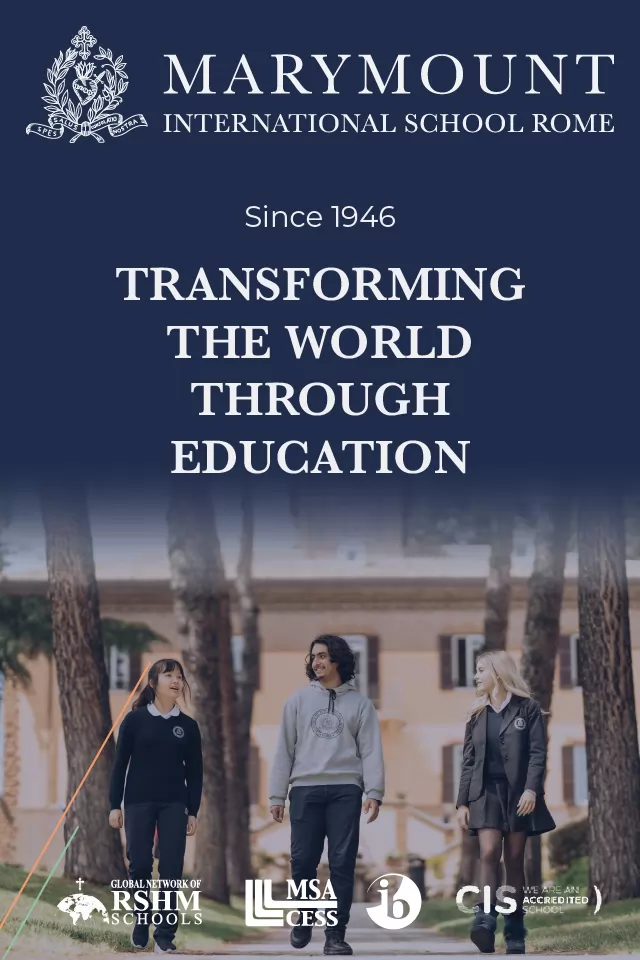Quite a stir ran through those in the know the other week when a Frascati, the best known of wines from Lazio down the centuries, won a gold medal in the price-quality category.
Sommeliers awarded it at a wine oscar ceremony in Rome to Frascati Superiore S. Teresa 2000 produced by the Italy-wide Fontana Candida Group, the biggest producer of Frascati wine.
Also read:
A guide to the Castelli Romani area
An explanation of the awards significance came from a next-door rival, namely Claudio Ciuffa, son of Vincenzo, owner of the Cantina Cerquetta, the second biggest, and private, creator of Frascati wines.
Ciuffas family has been into wine since 1793, and the Cantina Cerquetta is housed in a sprawling former nunnery downhill from the pinnacle town of Monte Porzio Catone, where the republican moralist Marcus Porcius Cato The Elder was born.
In the very heart of Frascati country, overlooking a stunning expanse of shimmering vineyards blanketing the lower slopes of the Tusculan hills, La Cerquetta faces the Monte Porzio exit from the A2 to Naples.
Also read:
Until about 1985, Frascati had prestige and a lot was sold, but then unscrupulous producers muscled in on the act and quality collapsed. 1985 to 1995 were bad years, but now were trying to recuperate, which is why the oscar is pretty good news. It means a breakthrough, said Ciuffa.
Genuine or DOC* Frascati is restricted by law to volcanic soils around Frascati, Grottaferrata, Monte Porzio Catone and Montecompatri, and Ciuffa defined the real thing as straw-yellow to look at, with a flowery fragrance, a fruity, velvety taste and a young (vinoso) edge to it, usually to be drunk within a year, though the better bottles improved with up to three years of ageing.
Bought from 200 wine growers in the area, Cantina Cerquettas grapes are harvested only by hand in the pre-dawn cool, and the pearl of its varied output is Antico Cenacolo Frascati Superiore, a white from several grape varieties put through delicate temperature-controlled fermentation.
Some 70 per cent of the cellars wines are exported, mainly to Britain, Germany and Brazil, but Ciuffa complained: In restaurants in Rome, they always press northern wines on clients. They dont give us a hand. People should ask for Frascati by name.
And there came the rub. Down in Rome, probably reflecting Frascatis past bad publicity, wine dealers questioned had never heard of the Cerquetta cellar.
In fact, asked to recommend three wines from a list of 81 from Lazio, including ones from Cerveteri and around Viterbo, not one picked any kind of Frascati at all.
Favour did, however, fall upon another hill town in the Castelli Romani, namely Marino, on the strength of its Marino Superiore, said to be a firm wine with a bitterish persistence composed of as many as four grape varieties (vitigni).
The dealers recommended the wine of Paola di Mauro there, and Giacomo Venuti, behind the counter of a new wine bar in Via dei Serpenti, especially liked her red Vigno del Vassallo.
As Ciuffa had ruefully noted, Venutis shelves groan under northern wines, and he stocks only a few from Lazio, conceding, however, that these were now improving.
Perhaps the most striking name for a wine in Lazio is Est! Est!! Est!!! from Montefiascone, the town that juts up like a tooth from the northern shore of Lake Bolsena on Via Cassia.
In the year 1110, Bishop Johann Fugger, travelling from Augsburg to Rome, sent a butler before him to chalk up Est! on the door of hostelries with drinkable wine. Happening upon the lake town, the butler was so enthusiastic about the local wine that it got thrice the accolade. Bishop Fugger never made it to Rome.
Goffredo Chirra, sleepless ruler of a wine bar/delicatessen beside the opera house in Rome, buys his Montefiascone wine from the local cantina sociale, or co-operative, since with 9,000 members and state subsidies behind it, it can undercut private cellars and produce better wine into the bargain.
This is often the case, but he also stocks a special, red Aprilia Merlot produced by the Casale Giglio in modern and ugly Aprilia, inland from the old beach-head town of Anzio.
Loredana Benvenuti, a friendly fringe-framed face in the rustic Cavour 313 wine bar, is another fan of Marino wine, and explained: Twenty years ago, wines from Lazio were all white peasant wines, very simple and produced only with quantity in mind, certainly not quality.
People swilled it back in the cantine with their own bread and beans. Since then, though, theres been a gradual transformation through bottled quality wines.
The swilled-back stuff cannot have been as apparently awful as what was quaffed by the Etruscans, who introduced wine to Lazio.
The Romans would touch wines only from superior Greece, though by the time of the early empire they were producing highly sophisticated wines of their own, the most popular being Falernian, a vigorous red from around modern Mondragone, south of Formia. But Cyril Day, a former war correspondent in Italy, tells us that the Romans then, as now, were on the whole an abstemious lot, and diluted their nectar with water.
The Lazio region now already proudly talks of a Renaissance of Lazios wines between 1998-99 and is behind a campaign to boost them further by pushing wines of quality, style and personality. Who knows, labels on all bottles in Lazio might one day merit the motto of Ciuffas cellar: Nunc Est Bibendum The time has come to drink.
*DOC: Denominazione di Origine Controllata; DOCG: same as DOC plus Garantita; IGTL: Indicazione Geografica Tipica Lazio, a newer classification; rebels against all such schemes call their wine Vino da Tavola.
















